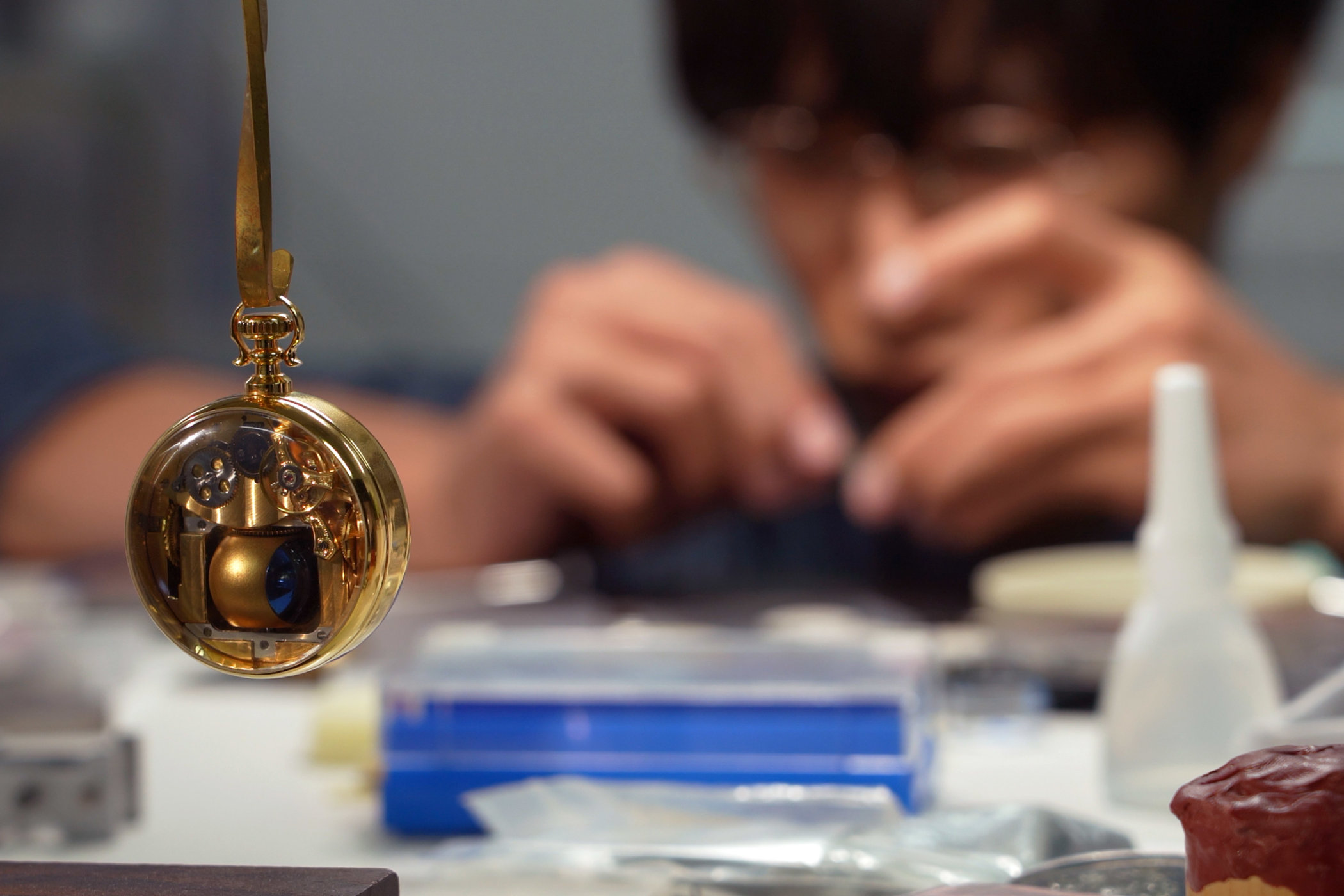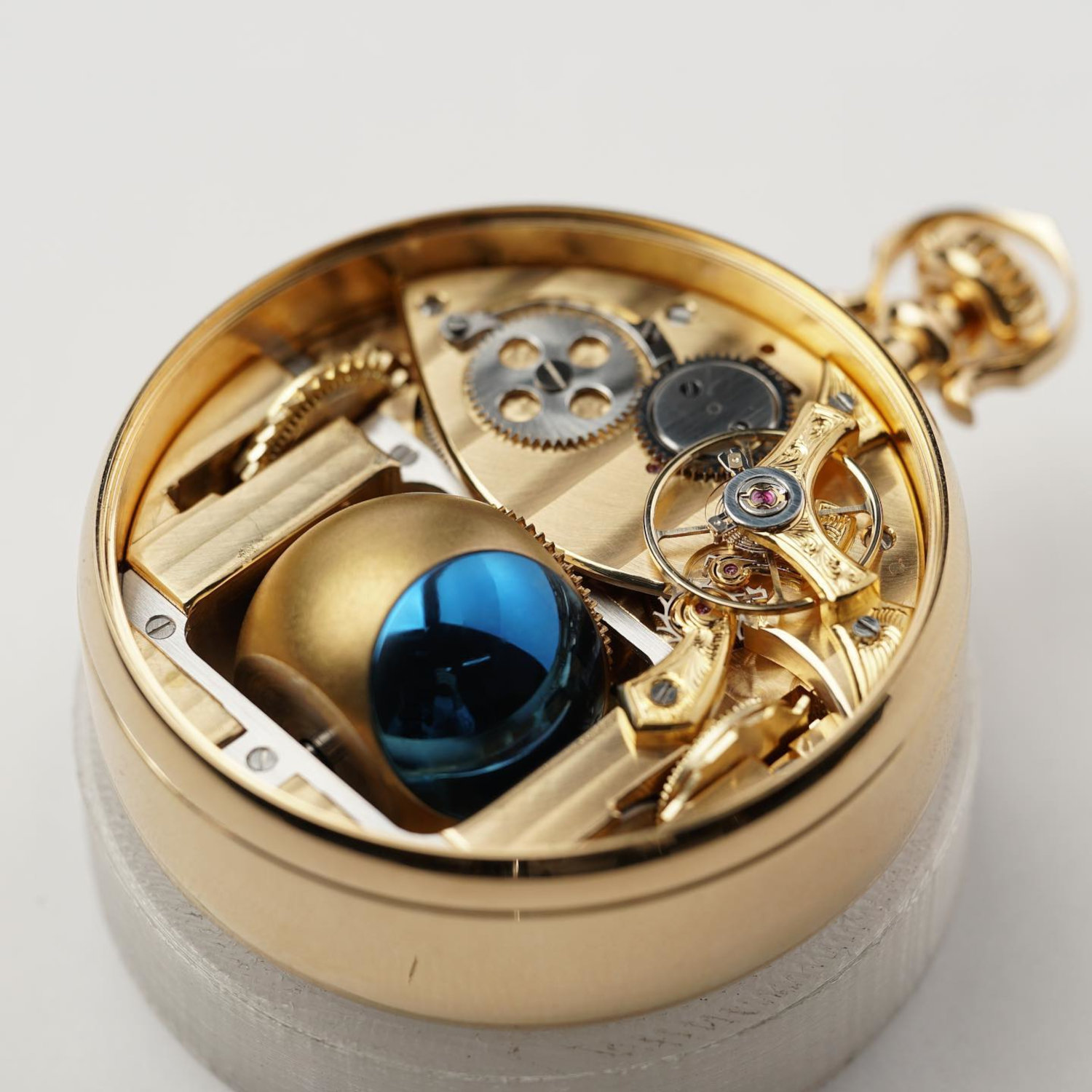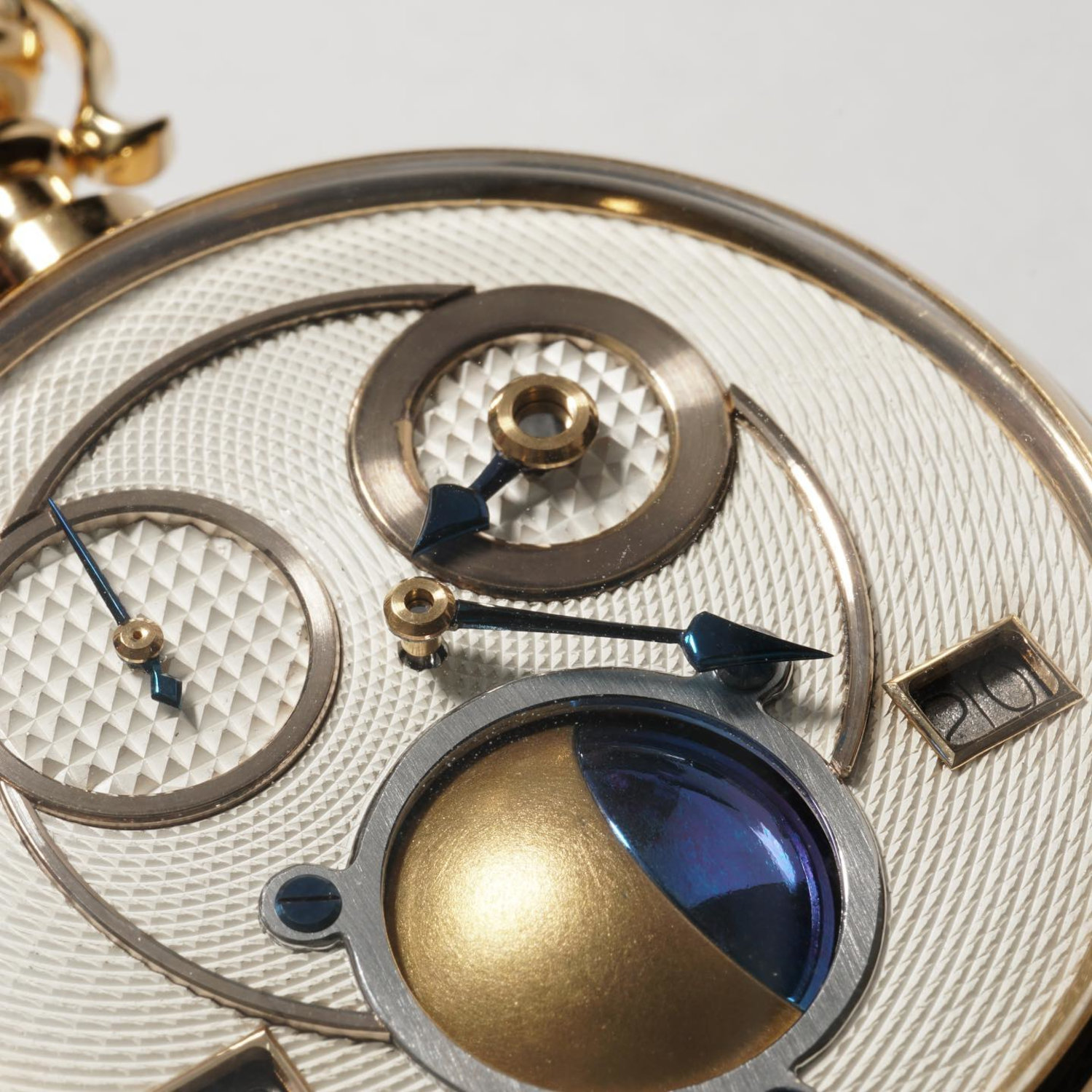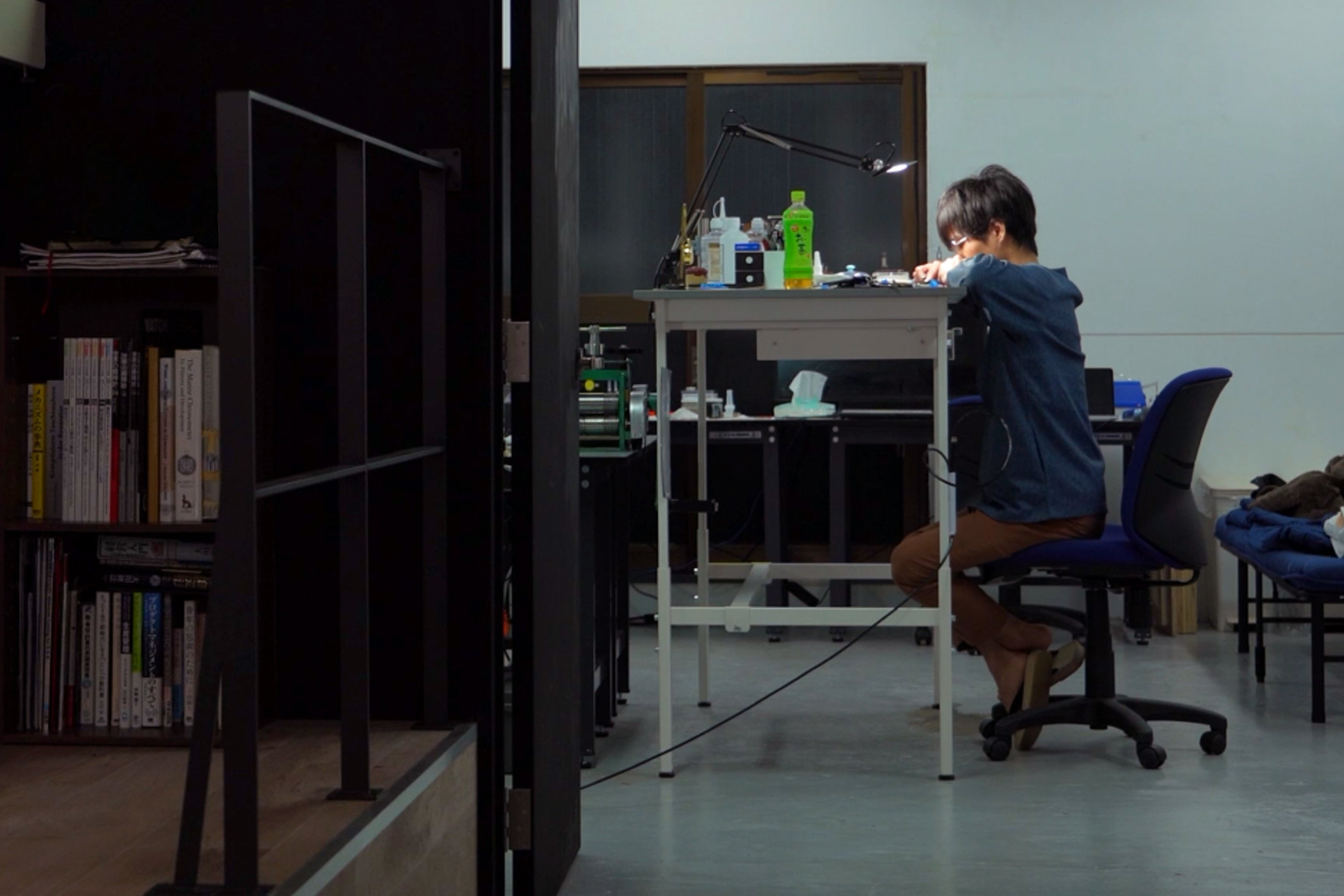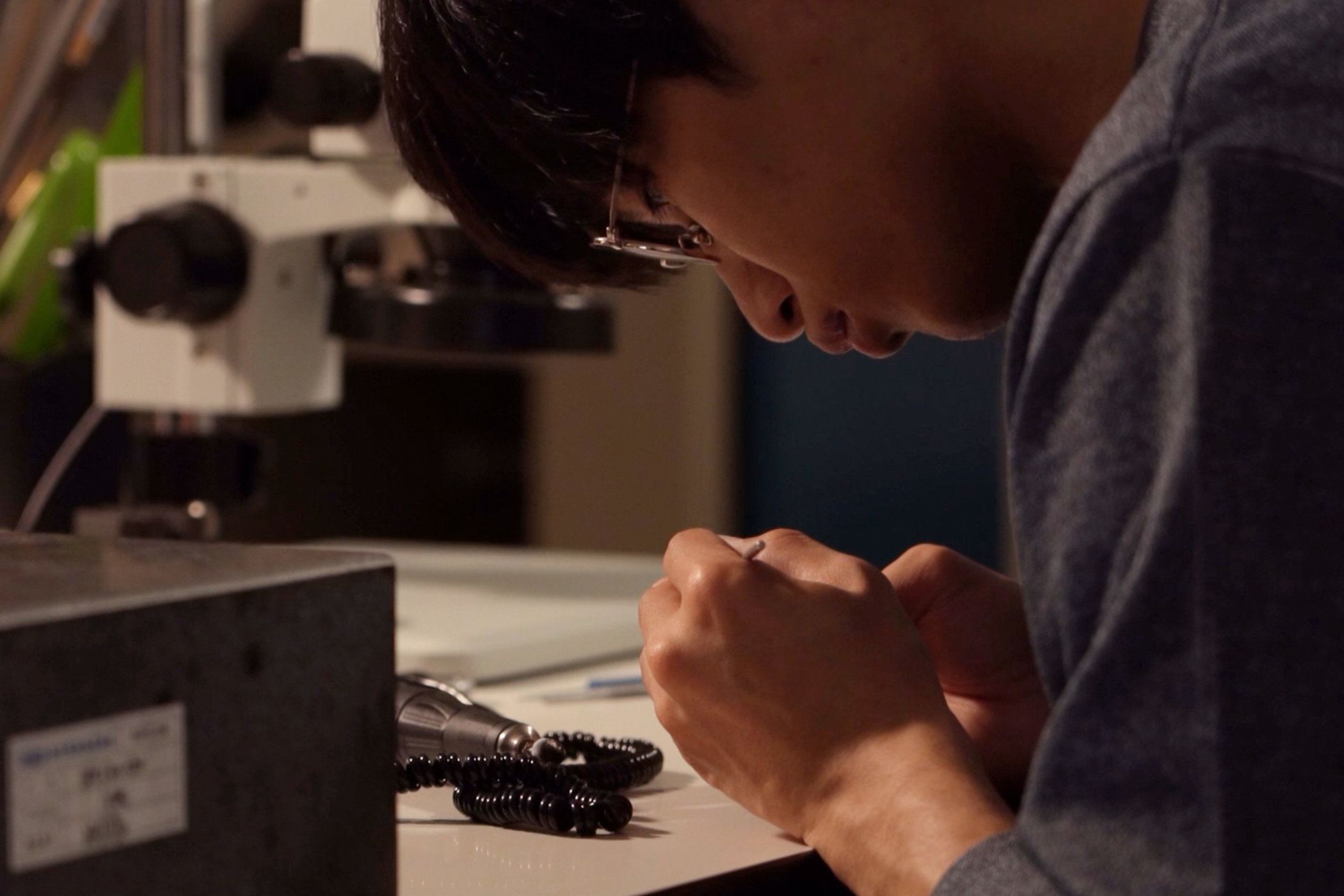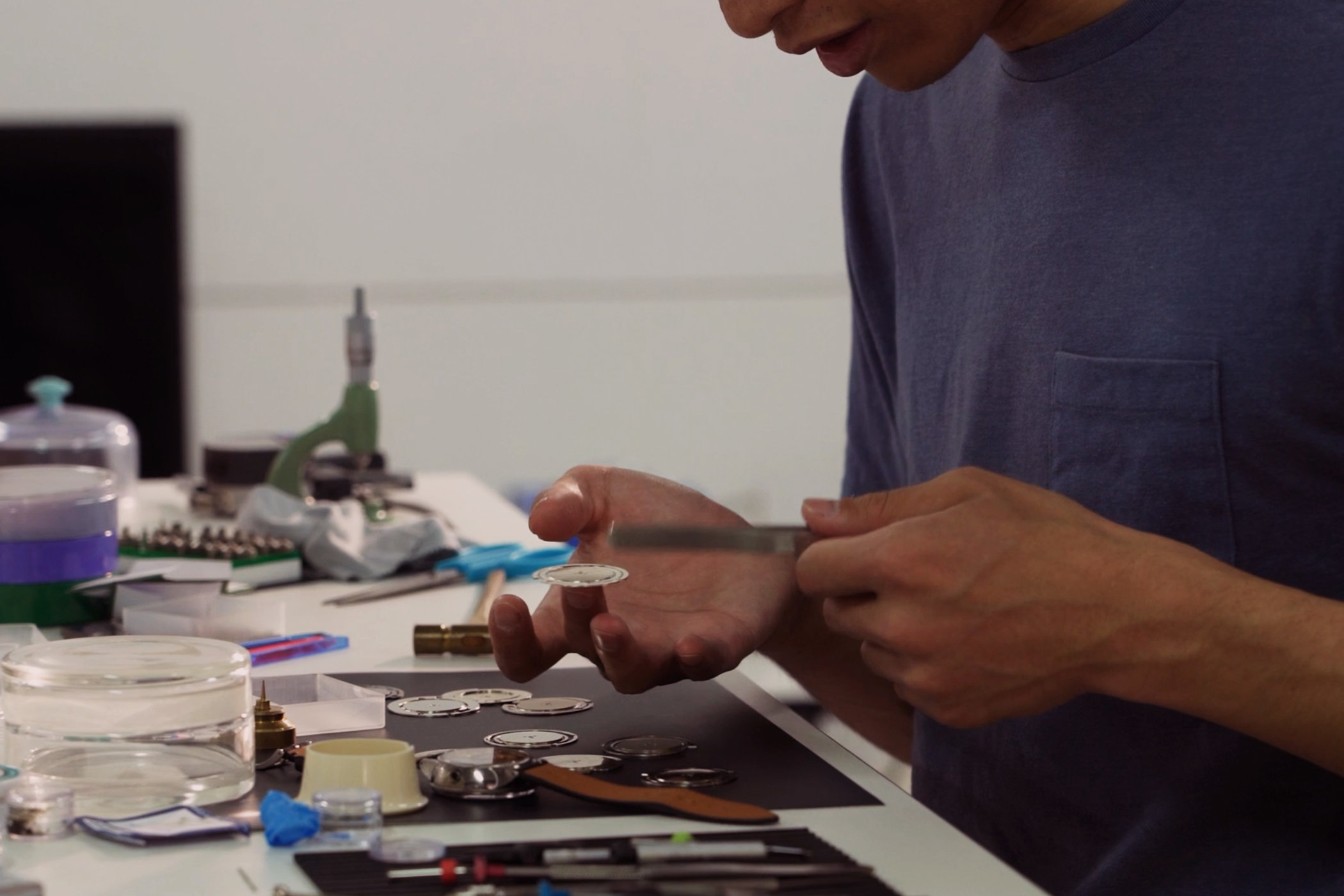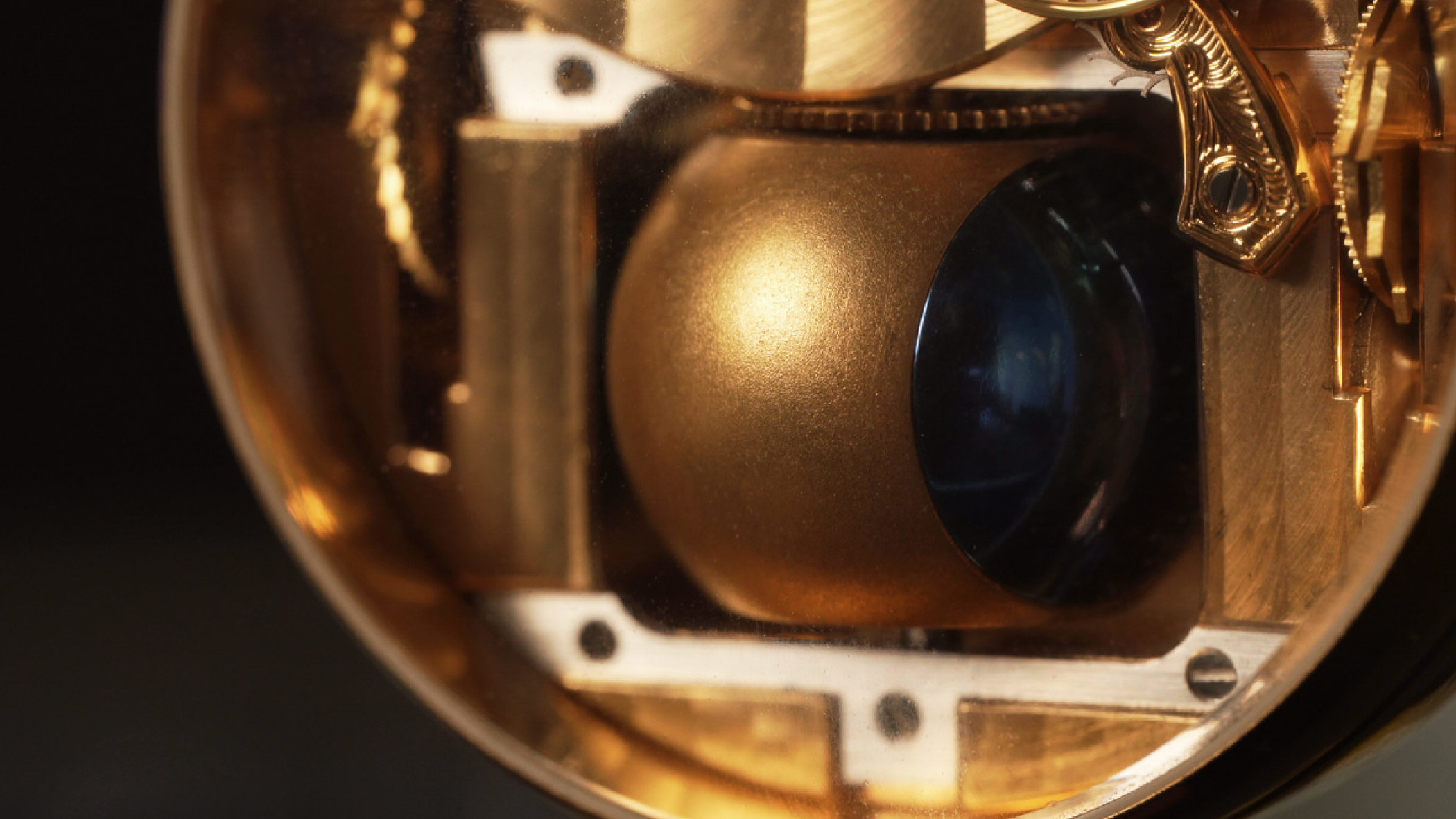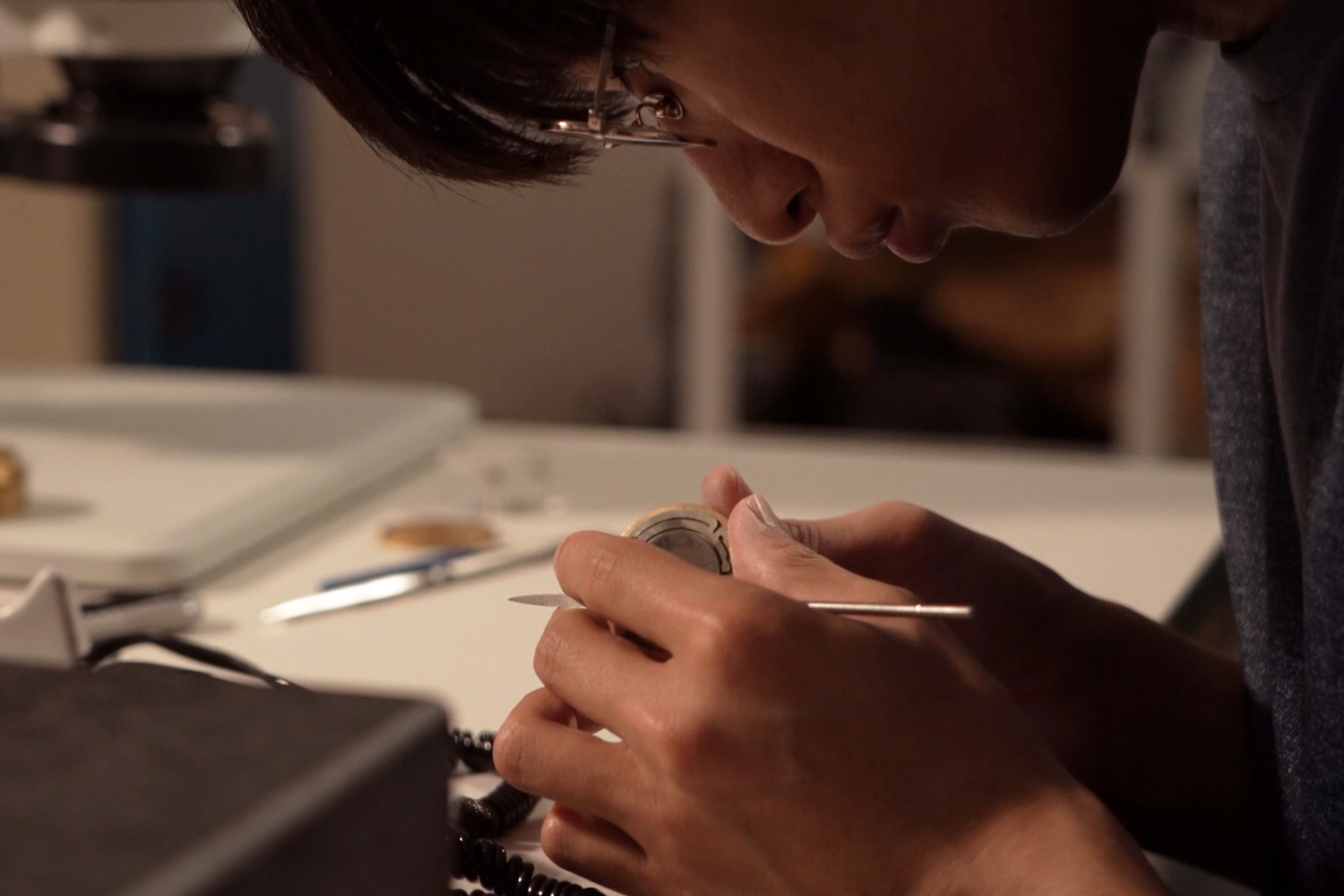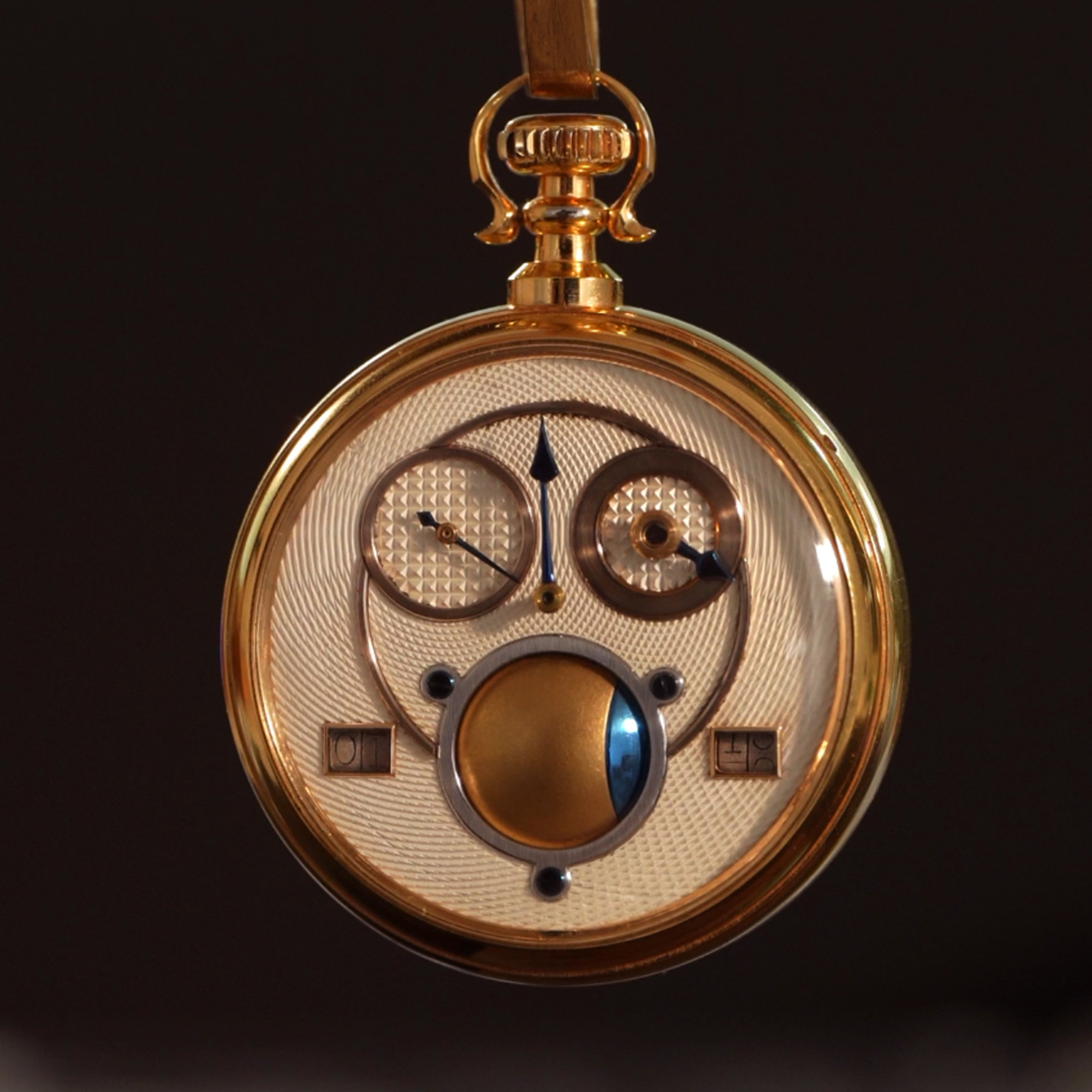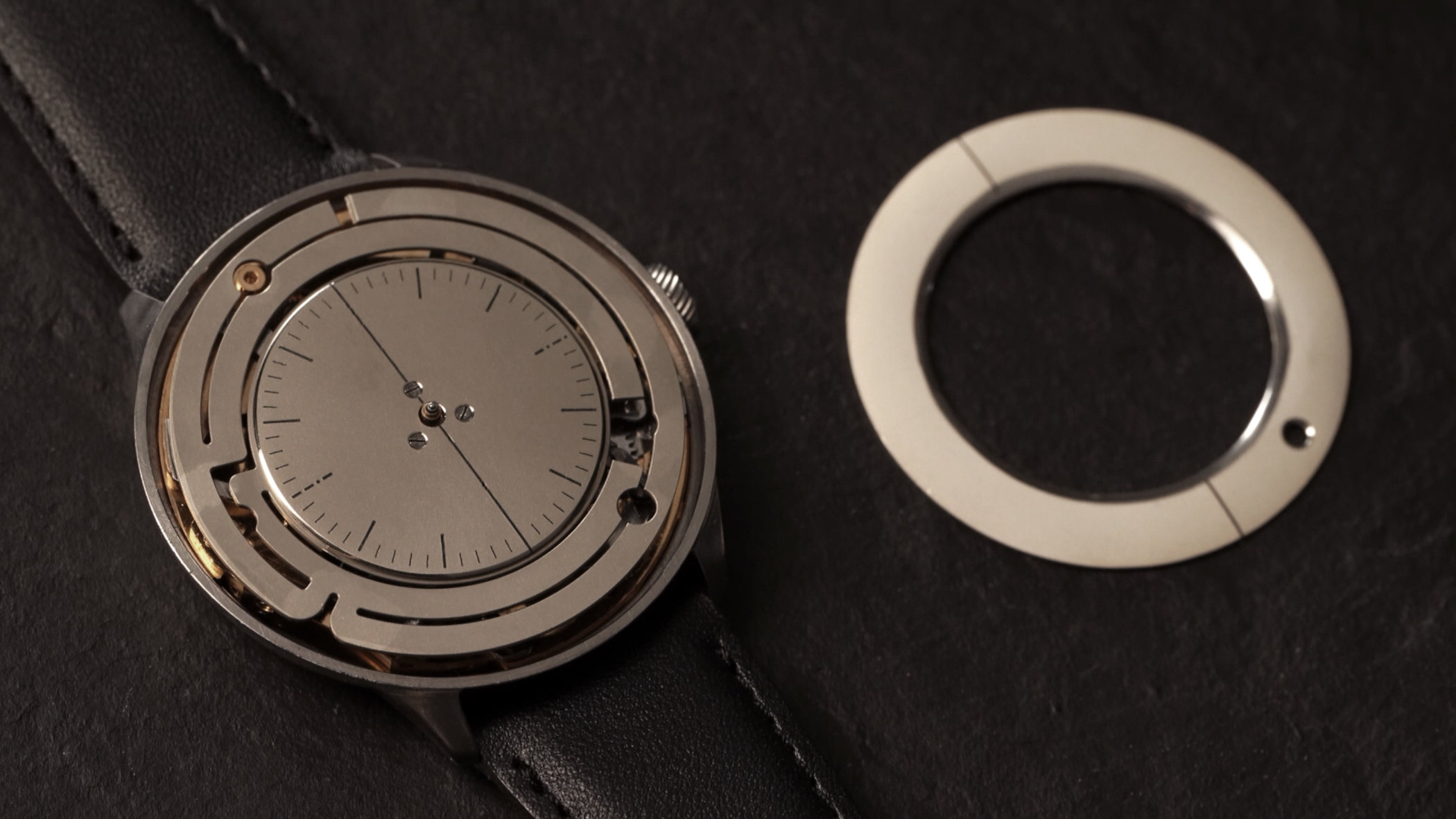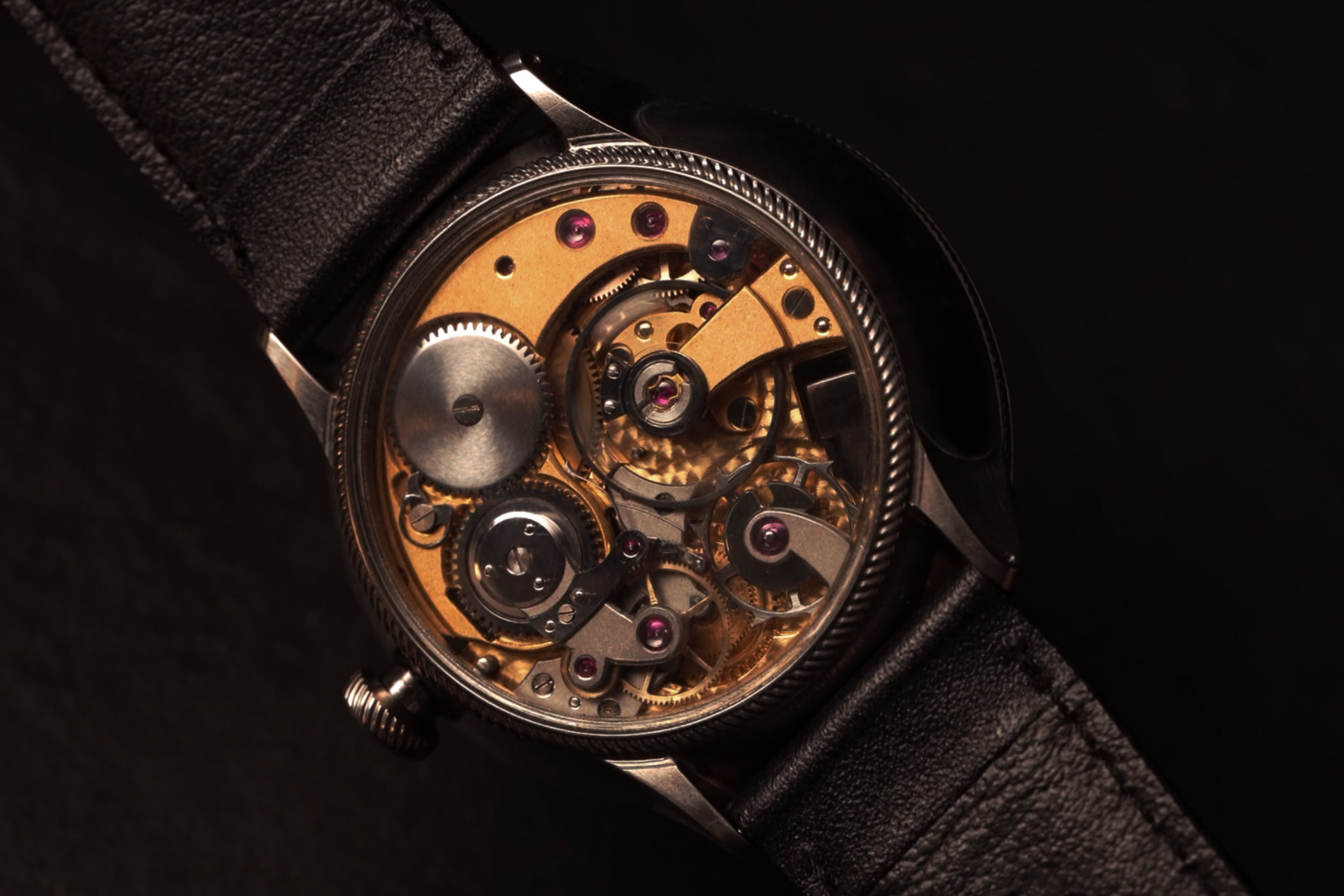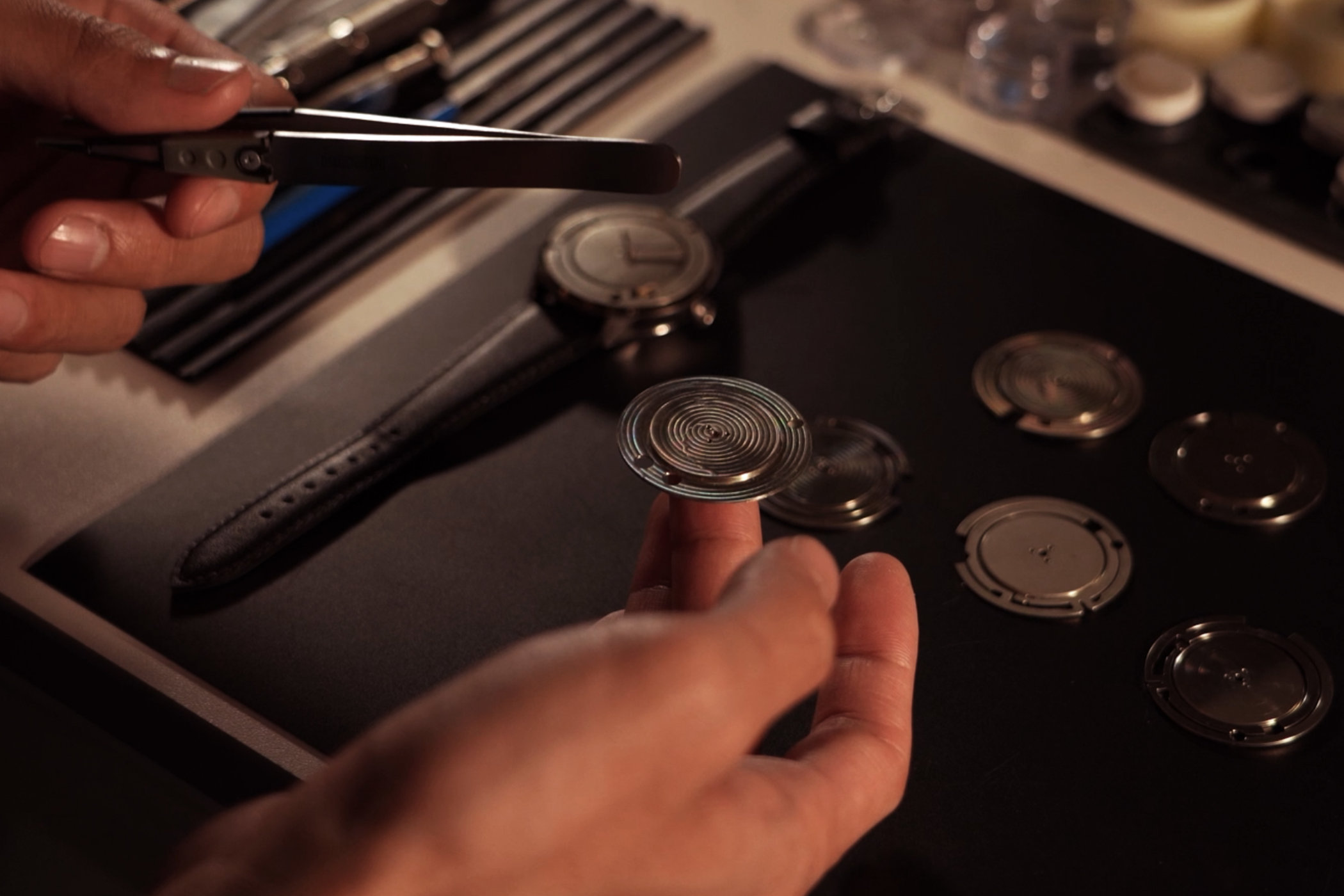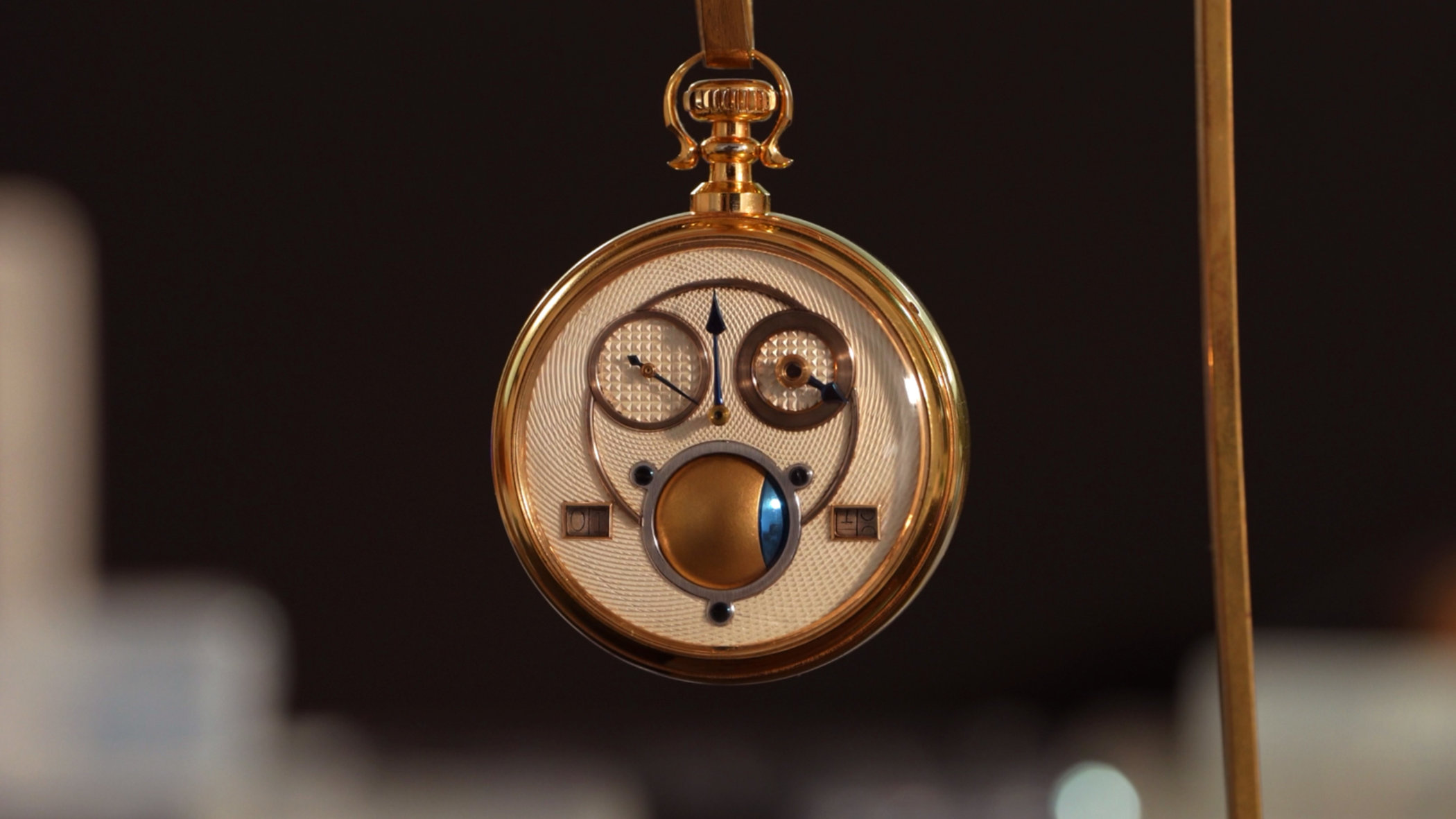A Conversation with Norifumi Seki on his Sudden Stardom, Quiet Club And More
Winning the F.P. Journe Young Talent Award out of the blue, this young Japanese indie watchmaker is destined for a bright future!
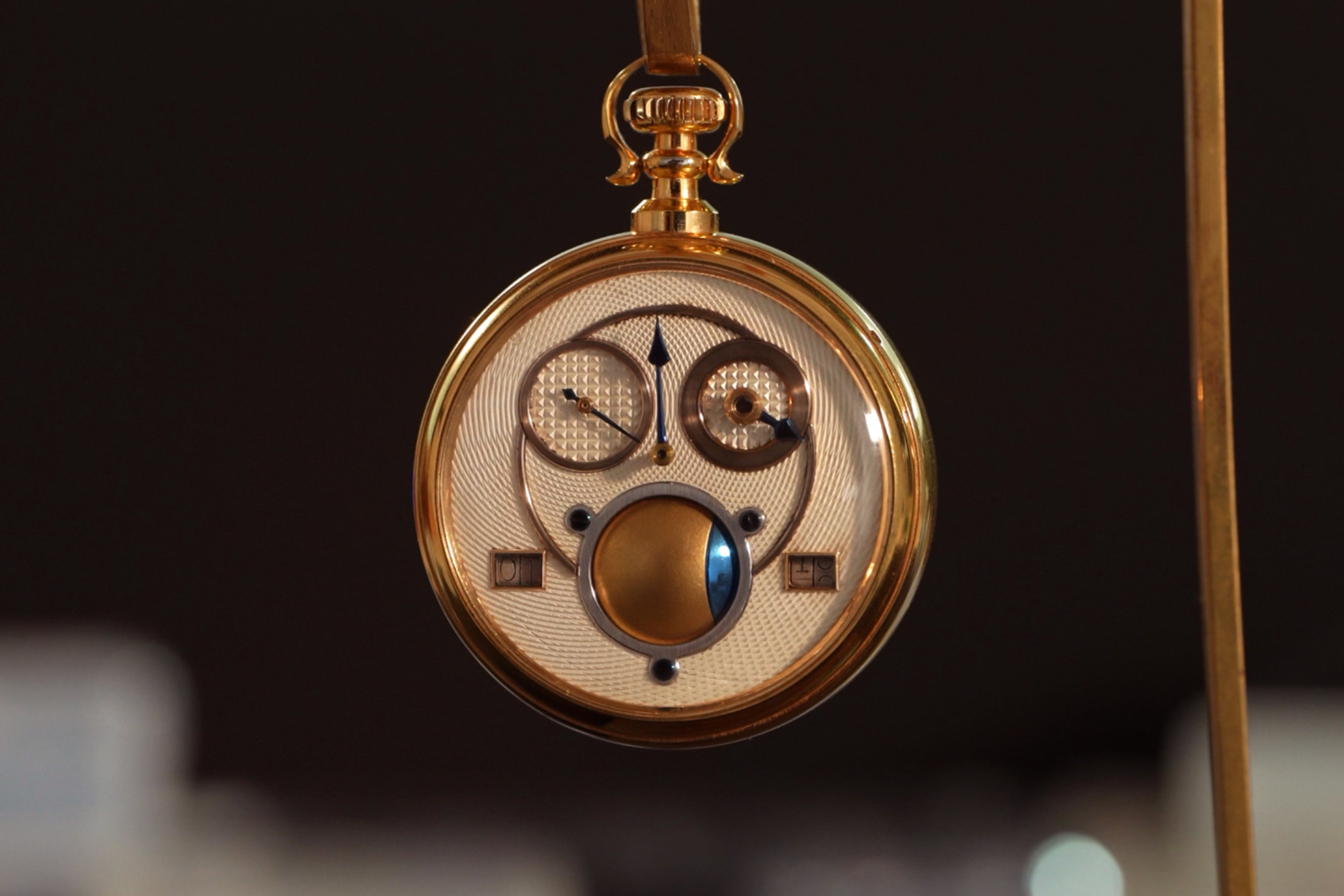
A little while ago, we brought you the story of Quiet Club, an exciting new chapter in Japanese independent watchmaking with a unique perspective of what a watch should be. Following the first interview to learn more about how the three men behind Quiet Club found each other, and the initial launch of the fascinating Quiet Club QC01 Fading Hours alarm watch, I also wanted to learn more about Seki-san’s background as a watchmaker. So, taking to a digital conference room once more, here’s what Norifumi Seki had to say about winning the F.P. Journe Young Talent Competition, Quiet Club and more.

Robin Nooij, MONOCHROME Watches – Norifumi Seki-san, when did you first find an interest in watchmaking, and what is your main inspiration?
Norifumi Seki, Head of Watchmaking for Quiet Club – That started when I was about 17 when I had a part-time job. With the money I made, I bought a watch and started wondering how it actually works. Also around that time, I saw a documentary on the work of Masahiro Kikuno, the Japanese independent watchmaker. That gave me the idea you could make one yourself, and I started to research what was needed to do so. I started looking up information on watchmaking and bought George Daniels’ book to learn more about the craft.
Prior to starting Quiet Club with Johnny and HK, how did you educate yourself on watchmaking, and what did you do in the industry?
I read a lot of books and online publications on watches and also watched a lot of videos about watchmaking. When I was contemplating what to do after high school, I found that there was a watchmaking school in Tokyo called the Hiko Mizuno Watchmaking School, I applied and got accepted. The standard educational programme is 2 or 3 years, depending on what you want to do, with an optional 4th year. That fourth year focuses on the making of your own watch, a graduation project.
What do you find most interesting in the craft of making watches?
What I find fascinating is the duality of watches. It has to be a functional tool to be considered a watch, but it can also be an art form. It’s a multifaceted thing, as you can play around with both the functionality and the design of a watch. Different techniques, materials, colours and so on. There’s also a traditional aspect to it, passing knowledge and skill down from generation to generation. This lineage, now decades if not centuries-long, is what intrigues me as well.
What did it mean for you to enter, and then win the F.P. Journe Young Talent Competition?
I created the pocket watch for my graduation, and I was about 22 or 23 years old back then. In my third year, I was recruited to come work for a vintage watch shop. I thought it was a good idea to do, as many watchmakers start by repairing and restoring clocks and pocket watches. I worked there for 3,5 years and learned a wide variety of skills, working on all sorts of watches.
Back then, I was uploading some pictures of earlier school watch projects to a forum and social media, when I was contacted by SJX. He wanted to conduct an interview with me, mainly about my pocket watch and my background. He actually suggested that I enter the F.P. Journe Young Talent Competition. I knew of the award but didn’t think I would qualify, or even be capable of winning! As SJX pushed me to enter, I did.
And then I won! I couldn’t believe it, and I was a bit shocked. It’s an amazing experience and one I didn’t expect to have so soon. I thought maybe one day I would be able to do something like this, but not at that point in my career! Along with the prize money, it opened up a lot of doors for me. Getting to know and learn from new people, exchanging ideas, getting to learn new skills and so on. A lot of people have been asking me to make watches for them since that moment, but I haven’t really gotten to that point yet. I am forever grateful for this moment in my life, however.
What were your main challenges in the construction of your moon phase pocket watch?
With the pocket watch, I wanted to play with scale. I wanted a moonphase that is much larger than usual, and more importantly; spherical! I thought about using a large disc at first but that cut into the dial too much and would leave no space for anything else. A sphere was the solution, as it gave me the size I wanted without having to ditch other elements I wanted to incorporate.
After I was content with the idea, constructing the watch itself proposed a few challenges. One of the most difficult ones was how to create the sphere. It’s now made of two different materials in two parts. I used a drum for the calendar indications, to save space as I had no space for conventional discs.
About 50% of the movement comes from a Valjoux 7750. Most of the gears and so on are from existing movements, but I made the balance wheel myself. Everything else is completely original, made by me. I have decided to keep it as I might want to make another one in the future. People have been contacting me to try and buy it, for ridiculous amounts of money too, but I will hold on to it for now.
When Johnny and HK approached you with the idea for a mechanical alarm watch, what was your initial thought or reaction?
Honestly, at first, I wanted to decline. I accepted the meeting and showed up just out of politeness, before basically saying no. This was right in the middle of the Covid pandemic so we couldn’t meet in person. HK kept in touch with me, however, and the more we talked about the whole concept, the more it started to grow on me. After COVID-19, he visited me and I got an even better idea of the project and the people involved.
HK and Johnny were quite persistent, in a very nice way, and also quite consistent during all our meetings and conversations. It also made me realise there might not be that many opportunities to do something like this, build a watch from scratch. It took me about a year after our initial conversation to make a decision.

What convinced you to see if it could be done, and move forward with the project?
When I made the pocket watch, there was no real meaning behind it. Just a thought, an idea, to create a moon phase that was as large as possible. Whatever was interesting to me, I researched and made, sort of.
Three years later, I am thinking in a more conceptual way about watchmaking. What’s the reasoning behind a watch, how should it function, what should it be able to do, and how can it affect one’s mentality? The concept of Quiet Club was very close to that, so it was a good alignment with how I wanted to work from the start.
Now that the Quiet Club Fading Hours is a reality, what are the next steps?
For now, when it comes to brands and branding, I want to make more watches under the Quiet Club name. I want to focus on specific types of users or situations and think in slightly different ways to find solutions for whatever people might encounter. Exactly along the lines of the QC01 Fading Hours, to put something more spiritual in the concept of a watch.
Are there any plans to create a Norifumi Seki brand, like some of your fellow countrymen have done?
For the longer term, there’s of course a dream of creating my very own brand, under my own name. And from the start, Johnny and HK have been very open and supportive of my ambitions. I also have the support of some of my fellow Japanese watchmakers, including Masahiro Kikuno. He was actually one of my teachers. I am also close with Hajime Asaoka and Naoya Hida, who inspire me very much. They have also offered to help me out whenever it’s needed, which is very nice of them.
At the moment I do not have a clear vision of what my own brand would be, or what it would be about, but I’m sure it will happen at a certain point in time.
What do you hope to achieve in your watchmaking career?
As far as goals, I don’t really know yet. I am still quite young and feel like it’s very early in my career. I would rather stick to lower production numbers and improve my skills that way rather than focus on higher volumes.
My goal is always to create watches from another world or dimension. Not just one-dimensional as a product, but to offer more than that. A watch should be functional and make sense in real life, but also be divine and involve a degree of spirituality. I want to focus strongly on the conceptual and functional side of things, but it should also resonate on the aesthetical side.
For more information, or to follow Norifumi Seki-san’s work, please visit QuietClub.com or check his Instagram account here.

